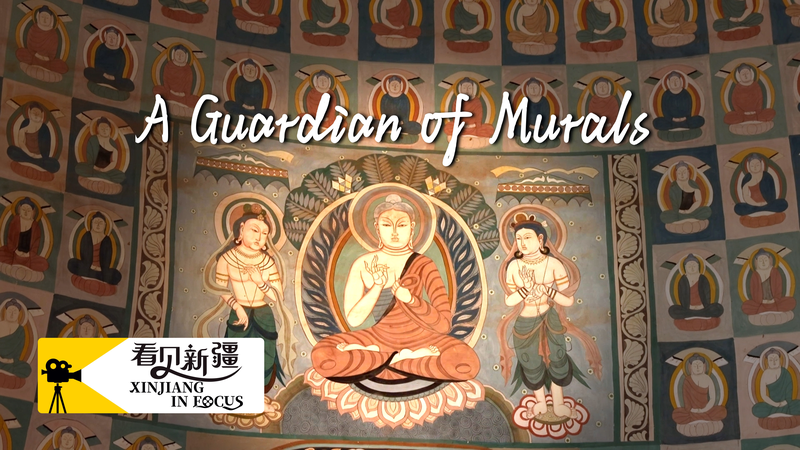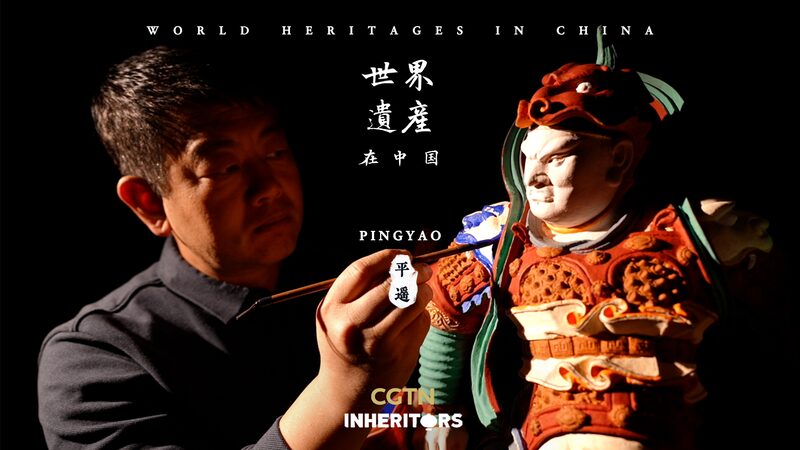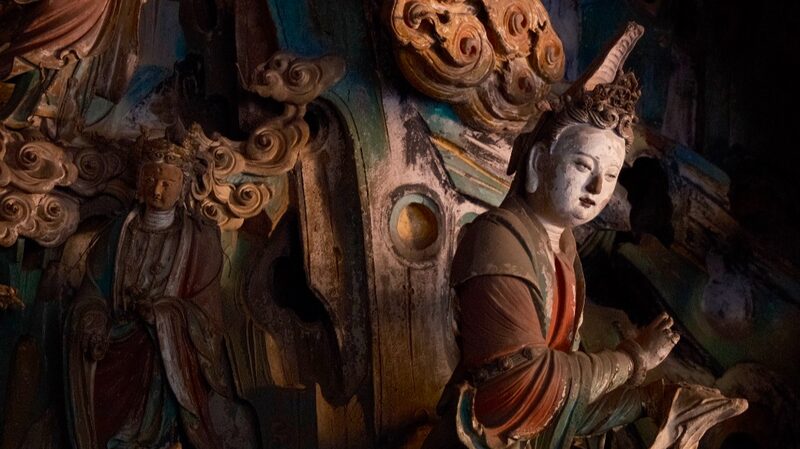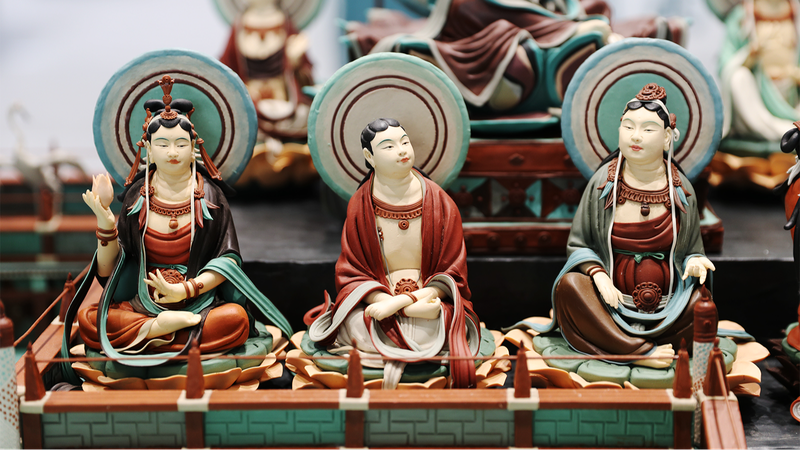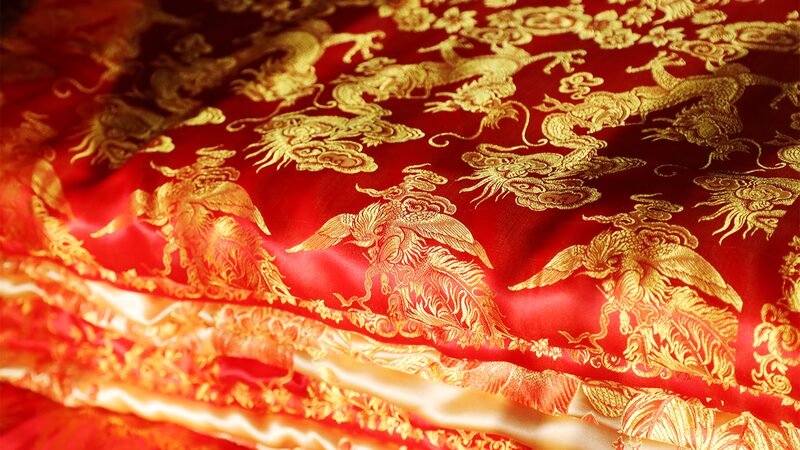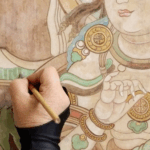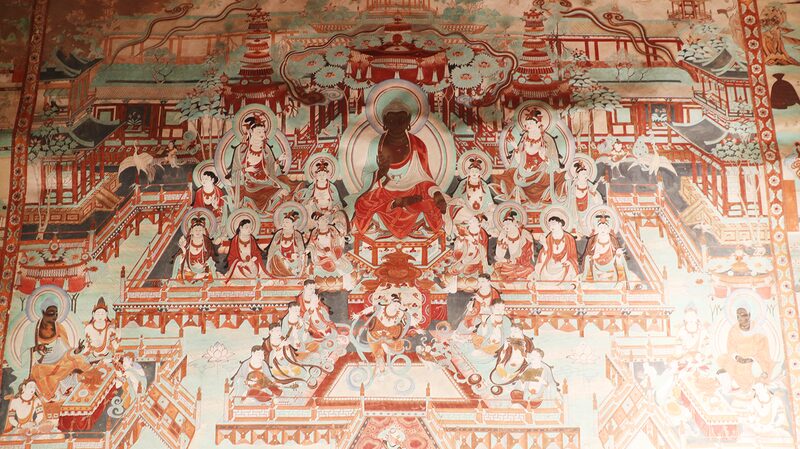In the heart of the Xinjiang Uygur Autonomous Region, where the echoes of Silk Road caravans still linger, Xu Dongliang has dedicated three decades to safeguarding a fragile legacy: the ancient murals of Turpan. Once a young art student captivated by the vibrant colors and intricate stories painted on cave walls, Xu now stands as a guardian of these cultural treasures, bridging past and present.
Xu’s journey began amid the arid landscapes of northwest China, where Buddhist and Uygur artistic traditions merged centuries ago. The murals, depicting everything from religious narratives to daily life along the Silk Road, face threats from erosion, tourism, and time. 'Each mural is a chapter of human wisdom,' Xu explains. 'Losing them would mean losing our connection to history.'
Using traditional techniques and modern technology, Xu and his team meticulously restore fading pigments and stabilize fragile surfaces. Their work has preserved over 1,000 square meters of murals across 50 sites, including the renowned Bezeklik Thousand Buddha Caves. Challenges abound—funding gaps, skilled labor shortages, and balancing preservation with accessibility—but Xu remains undeterred. 'These artworks belong to all humanity,' he says.
For scholars, Xu’s efforts offer insights into cross-cultural exchanges that shaped Asia. For travelers, the murals provide a window into Xinjiang’s rich multicultural identity. As global interest in Silk Road heritage grows, Xu’s story underscores the urgency of protecting shared history in an ever-changing world.
Reference(s):
cgtn.com
